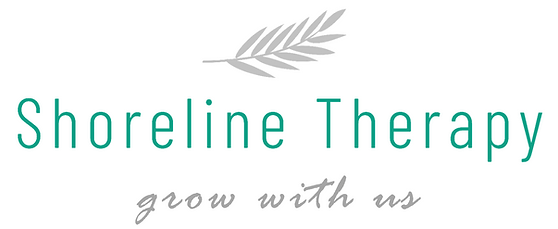
Stroke
Stroke and Communication Changes
After a stroke, people very frequently experience changes in various areas of communication:
-
verbal expression (finding words and forming sentences)
-
understanding others' speech
-
reading and writing
-
use of gesture and facial expression
-
speech production (speech sounds, rhythm of speech)
-
voice quality
-
cognitive communication (verbal reasoning, verbal memory, attention)
-
stuttering
Below are brief descriptions of communication disorders associated with stroke, assessment and treatment options, and informational resources.
Aphasia
25-40% of stroke survivors will acquire aphasia – a reduction in the ability to express and understand language. People with aphasia may have difficulty with word finding and forming sentences, say things that don’t sound like real words, misunderstand what others say, have difficulty reading and writing, and have problems using gestures.
Learn more about aphasia here.
Watch a video of a gentleman with fluent aphasia here:
https://www.youtube.com/watch?v=3oef68YabD0
Watch videos of persons with nonfluent aphasia here:
Cognitive-Communication
Cognitive impairment that affects communication may also result following a stroke. Deficits in attention, organizing information, retaining verbal information, and reasoning can have a substantial impact on a person’s daily life, relationships, and functioning.
Motor Speech - Dysarthria and Apraxia of Speech
Many individuals will acquire a motor speech disorder (dysarthria and/or apraxia of speech). About 40% of stroke survivors will exhibit dysarthria – difficulty making speech sounds. It can involve unclear speech, altered vocal quality (e.g., hoarse or breathy), lowered volume, hypernasality, monotone speech, and a rapid or slow rate. Apraxia of speech is difficulty with programming the sequences of movements to produce speech. It often co-occurs with aphasia.
Watch a video of a gentleman with dysarthria here:
https://www.youtube.com/watch?v=SriryvkbU9c
Watch a video of a lady with apraxia of speech here:
https://www.youtube.com/watch?v=bZ7pnmd9UHI
Sensory Changes
Brain injury can result in changes to sensation. This can include lost sensation in the arms and legs after a stroke. Treatment aims to restore as much sensation as possible, increase understanding of these changes and how to avoid injury, and develop ways to compensate in daily life. Visual inattention or neglect to one side (e.g., not being able to ‘see’ the left side) can also occur. During intervention, clients learn to compensate with strategies so they can move around safely.
Fine Motor Skills
Fine motor skills – the use of the small muscles in our hands – are often impacted by brain injury. This can impact many functional tasks such as getting dressed, writing, preparing food, typing, and home repair. In addition to self-care and home life, these changes can have a significant impact on one’s employment. Improvement of fine motor skills and compensation strategies are the focus of treatment.
Executive Functioning
Executive functioning refers to a group of mental abilities such as attention, initiating, inhibiting, planning, reasoning, and memory. These abilities may be impaired following a stroke. These difficulties can significantly impact participation in life role such as family life, school, leisure, and employment. Treatment can help clients improve these skills and develop helpful strategies.
Fatigue
Fatigue after a stroke can have a significant impact on daily functioning and quality of life. In addition to medical management with your primary care provider (e.g., doctor), occupational therapists support clients in making changes to their life to optimally manage fatigue.
Right Hemisphere Dysfunction
After a stroke, people may have difficulty with attention, visual neglect (impact on reading and writing), reasoning and problem solving, producing and understanding ‘prosodic’ features of language (meaning that is conveyed with changes in stress, rate, rhythm, and intonation), understanding non-literal language (e.g., lies, jokes, sarcasm, idioms), interpreting emotion conveyed verbally and through facial expression, ‘pragmatics’ (communicating appropriately in specific social contexts, such as when speaking with a manager versus a friend), and conversation skills (e.g., maintaining a topic, turn-taking). Such symptoms may not be obvious in brief interactions but can have a substantial impact on social relationships and employment post-stroke.
Informational Resources
Stroke4Carers (Scotland)
http://www.stroke4carers.org/?cat=23&p=280
Aphasia Institute (Toronto, Ontario)
Aphasia Etiquette (BBC)
https://www.youtube.com/watch?v=hTh86NoQh7Q
NIDCD Fact Sheet - Aphasia
https://www.nidcd.nih.gov/sites/default/files/Documents/health/voice/Aphasia.pdf
National Aphasia Association (USA)
Local Resources
Aphasia Nova Scotia
https://www.aphasianovascotia.ca/
Dalhousie University Aphasia Group
